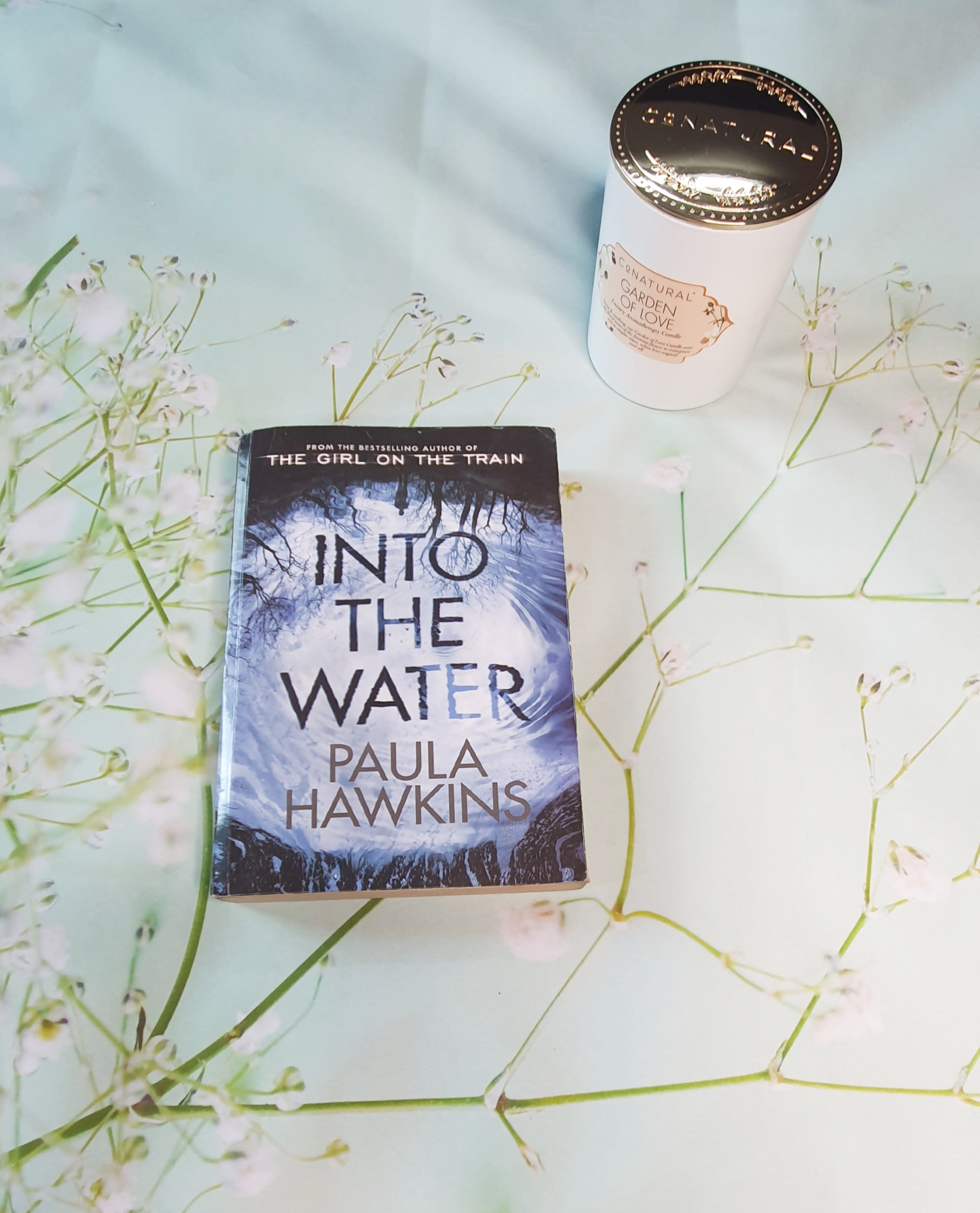
Yet what if some of the deaths weren’t suicide, what if someone used those legends and tragedies for their own gain. For many, many years it has had a dark history, particularly for women, as it was the place of the drowning of accused witches (see, told you Libby’s narrative would make sense soon) as well as the spot of suicides of women for generations since. (I say the main story because there are layers of stories throughout the drowning pools history, the first narrative in the book being of Libby in the 17 th century, this will all make sense soon I promise.) Despite herself Jules returns to her hometown to look after her niece, Lena whose best friend died in the drowning pool not long before her mother, who clearly would really rather Jules hadn’t come into their lives and harbours some ill will against her aunt for her seeming desertion of her family until now.Īs Jules starts to sort out Nel’s house, she discovers that her sister had a rather grim fascination of the drowning pool and its history. The main story that runs through Into The Water is that of Jules who finds out that her somewhat estranged sister has died, seemingly having thrown herself into the infamous ‘drowning pool’ back in their home town of Beckford.

So I was relieved, just for a moment, and then they told me what had happened, what you’d done, they told me you’d been in the water and then I was furious. But it wasn’t about them, they said, it was about you.

I feared for the people I care about – my friends, my ex, the people I work with.


Relieved first, because when two police officers turn up on your doorstep just as you’re looking for your train ticket, about to run out the door for work, you fear the worst. Transworld Publishers, hardback, 2017, fiction, 368 pages, kindly sent by the publisher


 0 kommentar(er)
0 kommentar(er)
